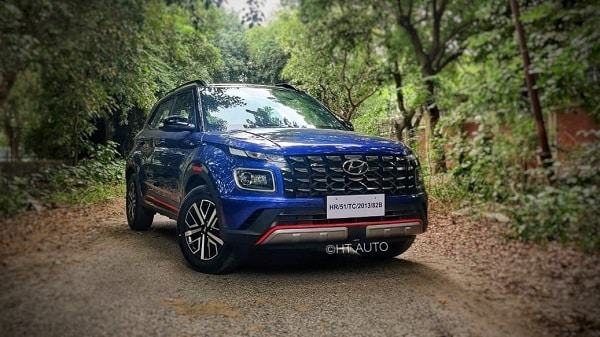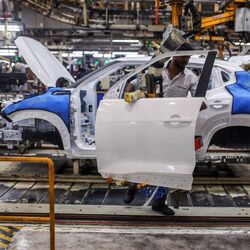Get set, crash! Self-driving race car slams into wall at starting line


The world's first autonomous race series was meant to show the prowess of automotive technology and the miles and miles that self-driving vehicles have come. At the very start though, it revealed the distance that still remains to ensure a truly safe experience on roads, or tracks in this particular instance. This after an autonomous race car slammed against a wall at the starting line, with what appeared to be extensive damage to its bonnet and front fascia.
In a video posted on Youtube, a self-driving race car is seen at the starting line before suddenly veering to its right and crashing against the pit-lane barrier. Daily Mail reported that the Acronis SIT Autonomous was operated by a Swiss team - one of six participating in the autonomous race car event being held in the UK. Participating teams and their respective cars were meant to navigate a series of obstacles but the Acronis SIT Autonomous failed at the very start when the AI reportedly hit the gas, swerved and slammed against the wall.
Also check these Cars
The front portion of such vehicles house the AI camera and a host of sensors that give them the capabilities to move without an actual driver behind the wheels. Needless to say, it is expected the cameras and sensors may have suffered serious damage too, much on the lines of the actual body of the vehicle itself.
Local reports suggest that no one was injured in the incident but it would be more than a little embarrassing for Acronis SIT Autonomous Team and may give some additional ammunition to critics of self-driving technology. After all, this race was in a controlled track devoid of real-world challenges.
The role that autonomous vehicles will play in the future seems inevitable even if the debate around them continues to echo from many parts of the world. While supporters of such vehicles claim that AI and a host of radars, sensors and cameras will ensure human negligence and error in judgement is kept to a minimum, critics argue that real world terrain, conditions and ever-changing situations require human intervention at all times








 998 cc
998 cc Petrol
Petrol

















